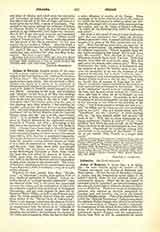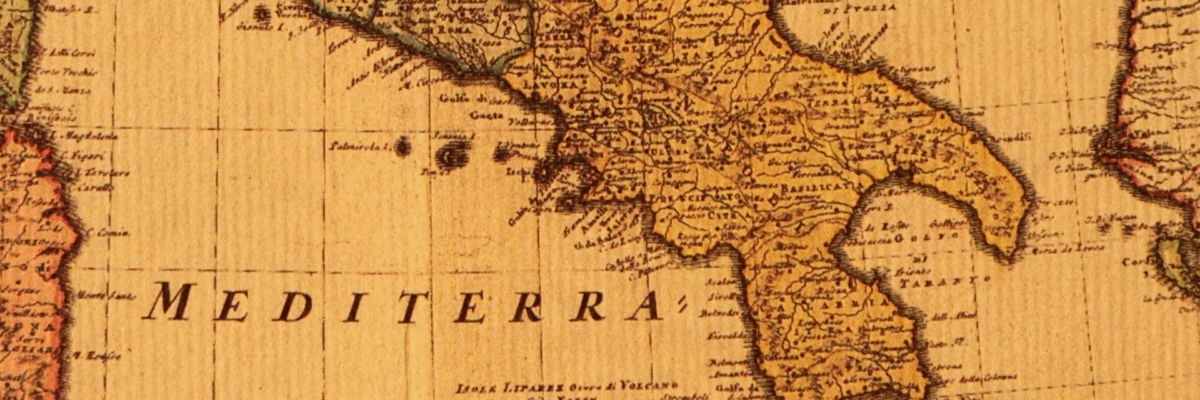

Julian of Eclanum, b. about 386; d. in Sicily, 454; the most learned among the leaders of the Pelagian movement and Bishop of Eclanum near Beneventum. He was the son of Memorius, a bishop in Apulia, and his ecclesiastical career began in his father’s church, where he was ordained lector and subsequently deacon. About 417 he was raised to episcopal rank by Innocent I, and placed in charge of a see variously styled Eclana, Eclanum, Eculanum, Aeclanum or Aeculanum. There is no means of deciding how Julianus, who enjoyed an enviable reputation for learning, zeal, and sanctity, was led to ally himself with the Pelagian party. When Pope Zosimus issued, in 418, his “Epistola Tractatoria”, Julianus was one of the eighteen Italian bishops who refused to snbstribe to the condemnation of Pelagius which it contained. In consequence of this refusal he was exiled under the decree of the Emperor Honorius, which pronounced banishment against Pelagius and his sympathizers. Driven from Italy in 421, he commenced an active literary campaign in the interests of the new heresy, and by his writings soon won for himself the position of intellectual leader of the heretical party. To him is due the credit of having systematized the teachings of Pelagius and Coelestius. His writings, which were frankly Pelagian, were largely directed against the doctrines which St. Augustine had defended, and for several years after the expulsion of the Pelagians the history of the conflict is merely an account of the controversy between Julian and Augustine. Most of Julian’s works are lost, and are known only through the copious quotations found in the works of his great adversary. Principal among them are the letter to Rufus, Bishop of Thessalonica, and the epistle to the Roman clergy, which Augustine, at the request of ‘Pope Boniface, refuted in his work “Against Two Letters of the Pelagians”; the reply to Augustine’s work “De Nuptiis et Concupiscentiae”; and his answer to Augustine’s defense onus own work. Driven from Italy, he found refuge for a time with Theodore of Mopsuestia, who, though sympathetic, subsequently subscribed to his condemnation. At the accession of each pontiff Julian sought to have the Pelagian controversy reopened, but this merely resulted in further condemnations by Celestine, Sixtus III, and Leo I. For a time he enjoyed the patronage and friendship of Nestorius, the Patriarch of Constantinople, and the protection of the Emperor Theodosius II. But Marius Mercator, by his “Commonitorium de Coelestio”, opened the eyes of the emperor to the true character of Pelagianism. By reason of this Julian was expelled from Constantinople. His subsequent career, with the exception of his attempts to conciliate the popes, is not known. Julian was the most learned among the Pelagians, and, though superior to Pelagius and Coelestius, his system did not differ materially from theirs.
PATRICK J. HEALY


